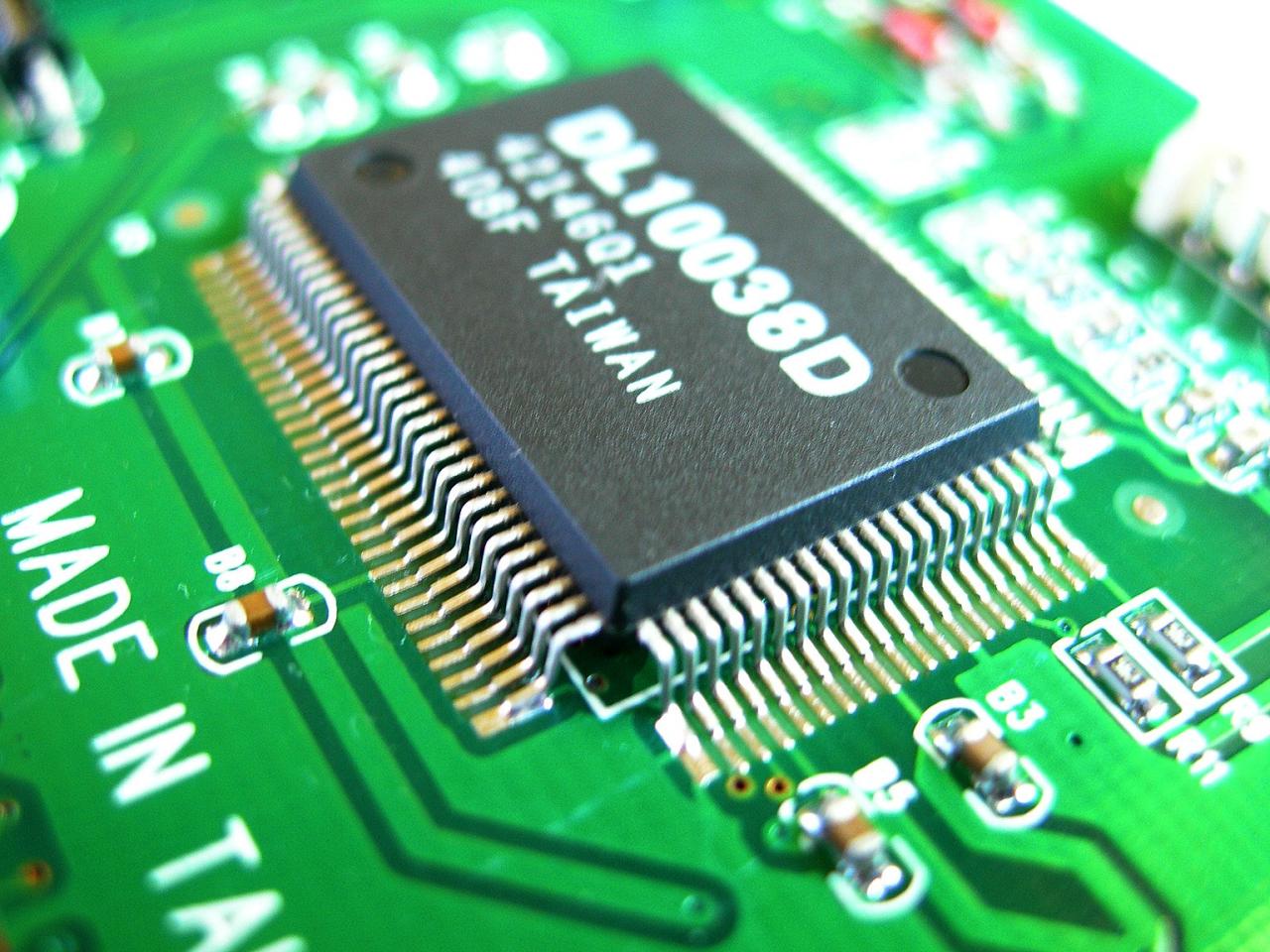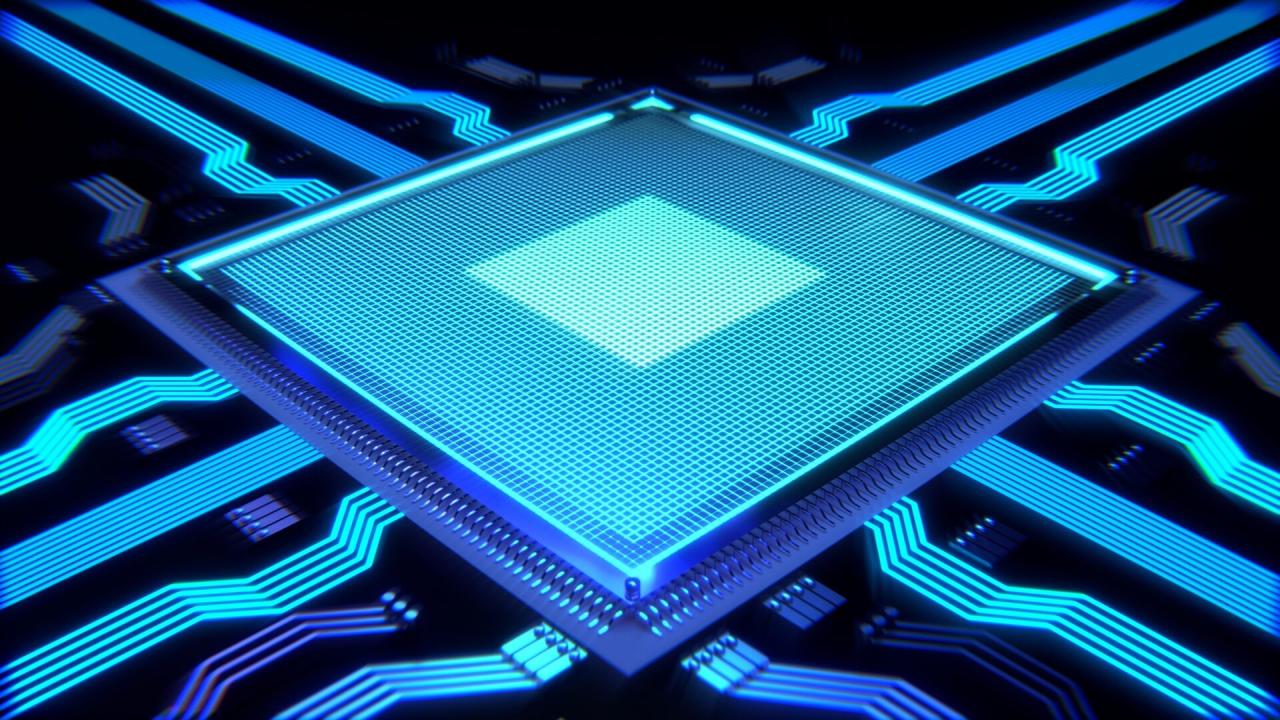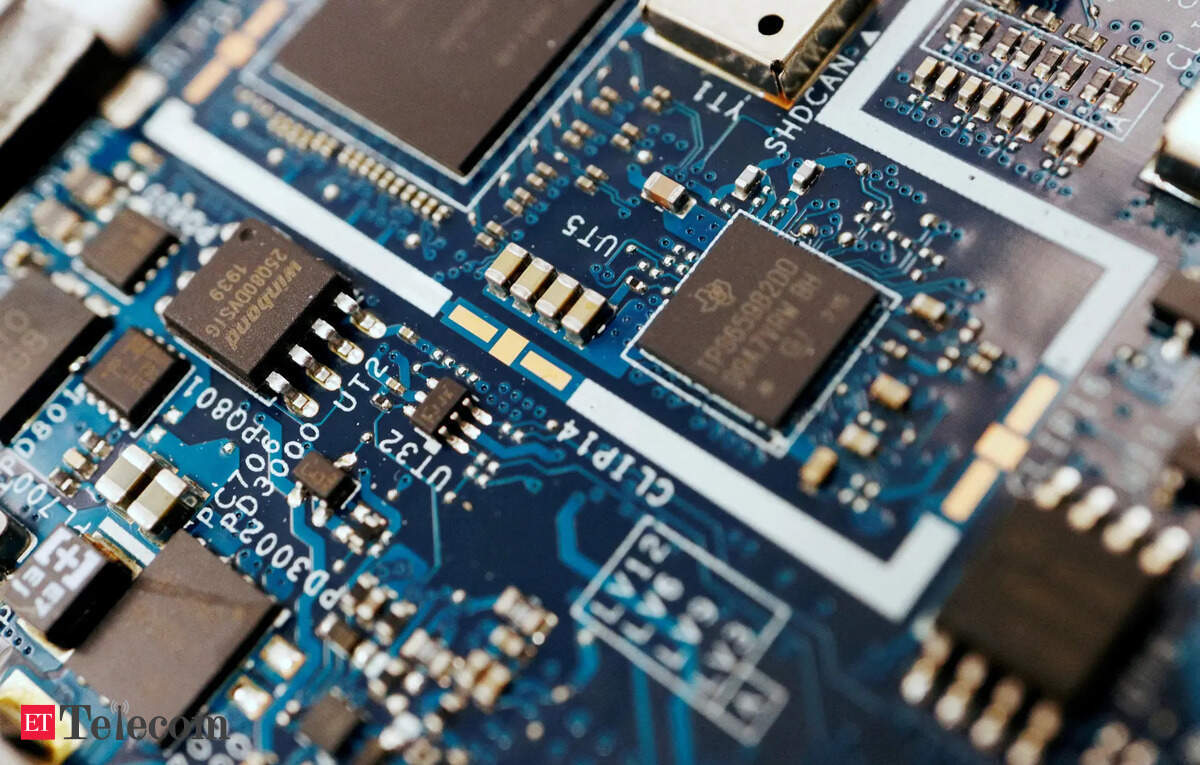Chip iPhone serves as the heart of Apple’s flagship device, driving innovation and performance to new heights. Over the years, iPhone chips have evolved remarkably, enhancing user experiences through improved speed, efficiency, and capabilities. With each generation, Apple’s relentless pursuit of excellence in chip technology continues to reshape how we interact with our devices.
The significance of chip performance cannot be overstated; it directly influences everything from battery life to the functionality of advanced features like augmented reality and artificial intelligence. Understanding the architecture and innovations behind these chips provides insight into the future of mobile technology and its impact on daily life.
Introduction to iPhone Chips

The evolution of chip technology in iPhones has been a remarkable journey, showcasing Apple’s innovative approach to mobile computing. From the early days of the iPhone to the latest models, each generation of chips has introduced significant advancements that enhance device performance and user experience. The importance of chip performance cannot be overstated, as it directly impacts everything from processing speed to battery efficiency, making it a crucial aspect of smartphone technology.
The significance of chip performance on user experience is immense. A powerful chip ensures smooth multitasking, faster app launches, and improved gaming experiences, contributing to overall user satisfaction. As Apple’s chip technology has evolved, it has consistently pushed the boundaries of what’s possible in mobile devices, optimizing everything from camera capabilities to augmented reality applications.
Overview of iPhone Chip Models
Over the years, Apple has developed a series of chip models, each tailored to meet the growing demands of iPhone users. The progression from the A4 chip to the latest A16 Bionic chip illustrates Apple’s relentless focus on performance and efficiency.
The following summarizes the evolution of iPhone chip models:
- A4: Introduced in the iPhone 4, it marked the beginning of Apple’s transition to custom-designed chips, integrating CPU and GPU on a single die.
- A5: Found in the iPhone 4S, this chip brought dual-core processing capabilities, greatly enhancing performance for apps and games.
- A6: The A6 chip, featured in the iPhone 5, offered a significant boost in speed and efficiency, enabling faster LTE connectivity.
- A7: The A7 chip, introduced with the iPhone 5S, was the first 64-bit chip in a smartphone, revolutionizing mobile computing and performance.
- A8: Employed in the iPhone 6 and 6 Plus, the A8 chip enhanced graphics performance and energy efficiency, allowing for more demanding applications.
- A9: This chip brought improved processing power and performance in the iPhone 6S and 6S Plus, significantly enhancing the user experience in multitasking.
- A10 Fusion: Featured in the iPhone 7 and 7 Plus, this chip introduced a quad-core design that optimized performance and battery life.
- A11 Bionic: With the iPhone X and 8 series, the A11 chip introduced neural processing capabilities, paving the way for advanced machine learning applications.
- A12 Bionic: The A12 chip, found in the iPhone XS and XR, improved performance further and introduced the first 7nm architecture in a smartphone.
- A13 Bionic: The A13 chip, present in the iPhone 11 series, emphasized energy efficiency while delivering unmatched performance in gaming and photography.
- A14 Bionic: With the introduction of the iPhone 12, this chip brought 5G capabilities, enhancing connectivity and performance in various applications.
- A15 Bionic: Featured in the iPhone 13 lineup, the A15 improved graphics performance and processing speed while maintaining energy efficiency.
- A16 Bionic: The latest chip, introduced with the iPhone 14 Pro, pushes the limits with advanced computational capabilities and enhanced machine learning features.
The continuous evolution of iPhone chips demonstrates Apple’s commitment to delivering cutting-edge technology that meets the needs and expectations of users, ensuring that each new generation of iPhone remains at the forefront of mobile innovation.
The Role of Chip Architecture: Chip Iphone

The architecture of a chip plays a crucial role in determining the overall performance, efficiency, and battery life of an iPhone. With each iteration of iPhone chips, Apple has made significant advancements in chip design, focusing on optimizing processing power while minimizing energy consumption. This balance is essential for enhancing user experience, prolonging battery longevity, and supporting increasingly demanding applications.
The efficiency of a chip’s architecture directly influences how well it performs tasks while managing power resources. A well-designed architecture allows for optimized data processing pathways and reduced power consumption, which is vital for mobile devices that rely on battery life. The various architectures of iPhone chips, such as the A-series and M-series, showcase strengths in specialized tasks, including machine learning and graphics processing, while also highlighting their weaknesses in certain areas, such as thermal management or multitasking capabilities.
Comparison of iPhone Chip Architectures
To illustrate the differences in architectures among various iPhone chips, a comprehensive comparison can provide valuable insights into their specifications and functionalities. The following table organizes key details of several notable iPhone chip architectures, emphasizing their unique features:
| Chip Model | Architecture | Transistors | CPU Cores | GPU Cores | Neural Engine | Process Technology |
|---|---|---|---|---|---|---|
| A14 Bionic | ARMv8.4-A | 11.8 billion | 6 (2 high-performance, 4 efficiency) | 4 | 16-core | 5nm |
| A15 Bionic | ARMv8.4-A | 15 billion | 6 (2 high-performance, 4 efficiency) | 4 or 5 (variation by model) | 16-core | 5nm |
| A16 Bionic | ARMv9 | 16 billion | 6 (2 high-performance, 4 efficiency) | 5 | 16-core | 4nm |
The table showcases how advancements in transistor counts and process technology contribute to improved performance and efficiency. For instance, the transition from A14 to A15 and subsequently to A16 Bionic illustrates Apple’s commitment to enhancing processing capabilities while maintaining a focus on energy efficiency.
“An effective chip architecture must balance performance and power efficiency to extend battery life while meeting user demands.”
The varying architectures offer distinct advantages such as enhanced neural processing capabilities in the A15 and A16 chips, which excel in machine learning tasks, while maintaining effective energy use. In contrast, earlier models may lag in specific high-demand scenarios, reflecting the continuous evolution of chip designs in response to technological advancements and user needs.
Innovations in Chip Design

Recent advancements in iPhone chip design have revolutionized the capabilities of mobile devices, setting new standards in performance, efficiency, and functionality. Apple’s commitment to continuous innovation has led to a series of breakthroughs that not only enhance user experience but also pave the way for the integration of cutting-edge technologies such as artificial intelligence (AI) and augmented reality (AR). This section delves into the latest innovations in chip design and their significant implications for the iPhone ecosystem.
One of the most notable innovations in iPhone chip design is the introduction of the Apple A-series chips, which have progressively adopted more advanced manufacturing processes. For instance, the transition to 5-nanometer technology has allowed for greater transistor density, leading to improved performance while reducing power consumption. These enhancements are critical for supporting demanding applications that require real-time processing capabilities.
Advanced Features Supported by New Chip Designs, Chip iphone
As the complexity of mobile applications increases, so does the demand for chips that can handle advanced functionalities. The latest iPhone chips are designed to support a plethora of features that leverage AI and AR technologies. The integration of dedicated neural engines into these chips enables on-device machine learning, facilitating smoother and faster performance for tasks such as image recognition and natural language processing.
The following are key examples of how recent chip innovations enhance iPhone capabilities:
- AI-Driven Photography: The new chips enable computational photography techniques that enhance image quality, allowing users to take stunning photos with features like Night mode and Deep Fusion. These features rely on the chip’s ability to process multiple images in milliseconds, applying complex algorithms to create the final shot.
- Augmented Reality Experiences: New chip designs incorporate advanced graphics processing units (GPUs) that enhance AR experiences. The combination of high-performance rendering and real-time motion tracking facilitates immersive AR applications, such as games and educational tools, that blend the digital and physical worlds seamlessly.
- Improved Battery Life: Innovations in energy efficiency not only boost performance but also extend battery life. The latest chips are equipped to manage power consumption dynamically, ensuring that demanding applications do not overly deplete resources, providing users with longer usage times.
“The efficiency of our new chip architecture enables us to do things we never thought possible on mobile devices, especially in AI and AR.” – Senior Apple Engineer
The impact of these innovations extends beyond individual features; they contribute to a holistic ecosystem that positions the iPhone as a leader in mobile technology. As chip design continues to evolve, the implications for user experience and application development are profound, setting the stage for the future of mobile computing.
Future of iPhone Chips
As Apple continues to evolve its iPhone lineup, the development of its chip technology remains at the forefront of innovation. The future of iPhone chips is poised to be shaped by trends in semiconductor technology, evolving user demands, and the necessity for enhanced performance and efficiency. The challenges that lie ahead will require Apple to push boundaries, not just in chip design but also in manufacturing and integration into a broader ecosystem.
Trends in Chip Development for Future iPhone Models
The transformation in chip technology is influenced by several key trends that are likely to define the next generation of iPhone models. These trends focus on improving performance, power efficiency, and the integration of advanced features.
- Increased Integration of AI Capabilities: Future iPhone chips will incorporate more advanced machine learning algorithms directly into the hardware, enabling on-device AI processing. This allows for enhanced functionalities such as real-time image processing, improved voice recognition, and personalized user experiences.
- Advancements in 5G Technology: With the rollout of 5G networks, future iPhone chips will leverage faster data speeds and lower latency, enabling experiences such as smoother streaming, real-time gaming, and seamless connectivity.
- Focus on Energy Efficiency: The shift towards more eco-friendly technologies will push Apple to develop chips that consume less power while maintaining high performance. This could involve smaller fabrication processes, such as moving to 3nm or smaller nodes, leading to significant reductions in energy consumption.
- Enhanced Graphics Performance: Future chips will also focus on improved graphics processing capabilities, particularly for gaming and AR applications. These advancements will provide users with richer visuals and more immersive experiences.
Challenges in Chip Innovation Moving Forward
Despite the promising advancements, Apple will face several challenges as it seeks to innovate its chip technology. The semiconductor industry is fraught with complexities that can impede rapid progress.
- Supply Chain Constraints: Global supply chain issues, exacerbated by geopolitical tensions and the COVID-19 pandemic, could impact the availability of critical materials needed for chip production. This poses a risk to meeting production timelines for new iPhone models.
- Competition from Other Manufacturers: The chip market is highly competitive, with companies like Qualcomm and Samsung advancing their technologies. Apple will need to stay ahead by investing in R&D to maintain its edge in performance and efficiency.
- Regulatory Challenges: As governments worldwide increase scrutiny on technology companies, Apple may face regulatory hurdles that could affect its manufacturing processes and supply chain strategies.
- R&D Costs: The costs associated with developing next-generation chips are substantial. Apple must ensure that its investments yield sufficient returns while also balancing the pricing of its devices.
Hypothetical Roadmap of Future Chip Technologies
A roadmap for the evolution of iPhone chips suggests a structured approach to integrating cutting-edge technologies over the next few years. This roadmap Artikels anticipated advancements and their impact on user experience.
| Year | Chip Technology | Expected Impact |
|---|---|---|
| 2024 | A17 Bionic with AI Integration | Enhanced on-device AI processing for smarter applications and real-time data analytics. |
| 2025 | A18 Bionic with 5G Enhancements | Improved connectivity and data transfer speeds, enabling advanced gaming and streaming experiences. |
| 2026 | A19 Bionic with Advanced Graphics | Next-level graphics rendering for augmented reality applications and high-performance gaming. |
| 2027 | Transition to 3nm Process | Significant power efficiency improvements, leading to longer battery life and reduced heat generation. |
FAQ Section
What is the latest chip used in iPhones?
The latest chip used in iPhones is the A17 Pro, which offers advanced performance and efficiency features.
How does chip performance affect battery life?
Chip performance directly impacts battery life by optimizing processes and managing power consumption effectively.
What role does chip architecture play in device functionality?
Chip architecture determines processing capabilities, efficiency, and the ability to support advanced technologies like AI and AR.
Are iPhone chips manufactured in-house?
Yes, Apple designs its chips in-house, but they are often manufactured by third-party companies like TSMC.
How often does Apple release new iPhone chips?
Apple typically releases new iPhone chips annually alongside its new iPhone models.
The Motorola Moto X4 stands out with its dual-camera setup, offering stunning photography options for users. This device combines aesthetics with functionality, making it a popular choice among smartphone enthusiasts. With a sleek design and solid performance, it caters to those looking for a reliable device without breaking the bank.
Apple’s latest innovations are often highlighted by the power of its chip iPhone , which enhances performance and efficiency. These chips are designed to optimize the user experience, ensuring smooth operation and impressive battery life. With each new release, the advancements in technology continue to set a high standard in the smartphone market.
